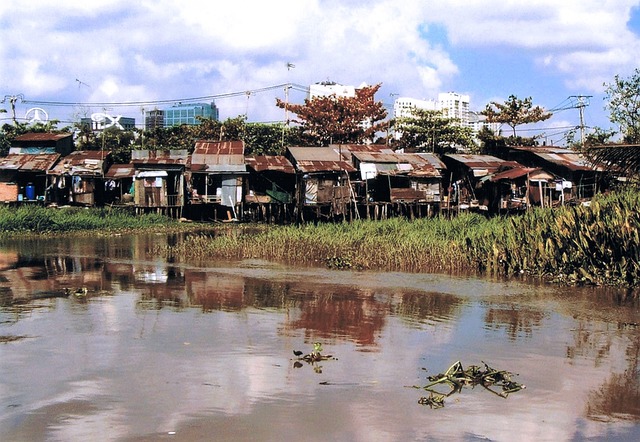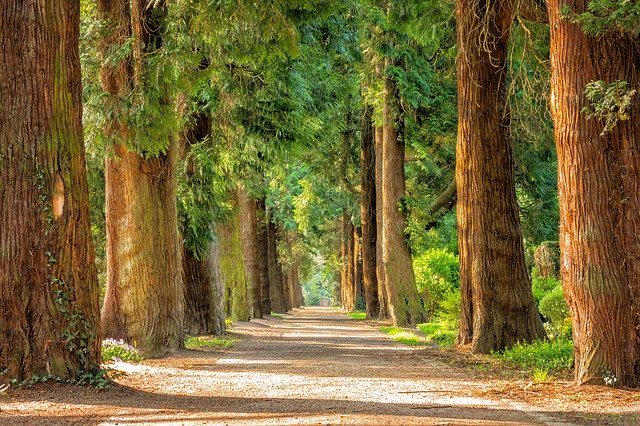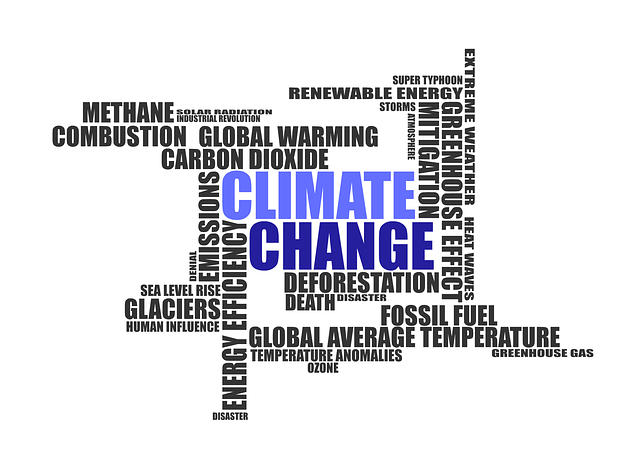How Do We Define ‘Environmental Justice’?
Firstly, before understanding how and why does climate change and its induced disasters affect poor/ under privileged and marginalized communities more than others, we need to understand the concept of “Environmental Justice“.
Simply put, Environmental Justice can be defined as the fair and just implementation of laws, policies and activities related to the environment for everyone. Regardless of race, ethnicity, social status and the like. Environmental Justice seeks to establish fair rules that benefit the environment by protecting it but in a way that does not harm any community or group of people more than the others.
The concept in theory sounds very nice but unfortunately its not close to our current reality. The hard to swallow pill is that the environmental disasters and climate change in general has been effecting underdeveloped nations as well as minority communities.
REASONS WHY CLIMATE CHANGE EFFECTS MARGINALIZED COMMUNITIES MORE-HOW DOES IT IMPACT THEM?
- Poverty/Economic Inequality: The number one reason why marginalized people are more prone to suffer the consequences of environmental disasters is because of poverty. The wide gap that has been created between the rich and poor in the form of wealth inequality is majorly responsible. This means that poor people have greater reliance on natural resources for water, and agriculture. 3 out of every group of 4 people living in marginalized communities rely on natural sources as their livelihood. So when a disaster hits a village or rural area first, it is the people who suffer for a long time as their means of livelihood and their whole way of life gets disrupted. People fortunate and privileged enough to live in urban areas do not feel the impact of the disasters until and unless the resources they rely on are disrupted due to the disasters hitting those rural areas.
- Lack of Accessibility: Similarly, marginalized people usually live in conditions that makes them unable to afford alternate resources to combat environmental disasters or climate change. Unlike, the privileged class of people, the marginalized people that are already discriminated against cannot have the same access to knowledge, resources and luxury that can make them able to live the same lifestyle as their wealthier and more fortunate counterparts in society. They cannot afford privileges like opting for solar power instead of burning fire wood when their social status barely allows for meeting their basic needs day to day.

- Lack of Awareness: With lack of money, comes lack of education and hence awareness. The biggest concern of people in marginalized communities is to find a means of livelihood that can feed their families and allow them to sustain for a long time. In the harsh conditions needed to survive when they are already discriminated against, they cannot care for the environment even if they knew it was wrong. The resulting environmental disasters do cause them harm as a result but they do not have any other option. Moreover, it is the industrialization and urbanization that results in disasters and issues that the marginalized communities are made to suffer the brunt of.
- Lack of Development: In most cases the urban areas have better development and infrastructure as well as policies so it only makes sense that they are better fit to combat or manage the disasters that befell them as opposed to poor rural areas. The marginalized people are also in most cases the minority deemed as inferior and thus, they reside in slums or in areas that are extremely under developed with little to no infrastructure. The lack of resources as basic as hospitals and sewage systems contribute majorly to why environmental disasters that come in the form of diseases and pathogens affect these communities more severely. Almost 99% of investment is done on industries and development of the cities which is why they are better off in the event of disasters of any kind because there is a proper system in place- different rescue units, police forces, evacuation drills and equipment, proper emergency responses, communication towers and other facilities that are far beyond the reach of those who are marginalized. Related: What is Green Gentrification? – Causes and Impacts
CONCLUSION:
This is perhaps the reason why under the Sustainable Development Goals, the first one is to eradicate Poverty- (SDG1 : No Poverty). Because only after people are lifted from poverty and given some semblance of reasonable livelihood can they stop to wonder about the environment. Learning about the environment and other current affairs of the outside world is also a privilege because all these require technology, educational institutes/ resources along with a lot of money as well as time to devote oneself to a cause. The environment is the least of people’s concern when they are starving or dying from illnesses and lack of nourishment.
Among the marginalized people include women, people of color as well as indigenous people in many cases. These people are regularly discriminated against in pretty much every field of life and many even live or hail from very poor or under developed places. Environmental injustice is also seen in the deposition of toxic or hazardous waste by more developed countries into underdeveloped ones by paying their way in. The bottom line is, all of it ties back to poverty which has become synonymous with marginalized people. In order to help them, we need to curb the wealth inequality and the disparity seen widely.
You may also like to read about:
COVID-19 and Climate Change- Exposing Environmental Injustice
We hope you liked this post! Please comment below if you have any suggestions, comments or feedbacks! We at #envpk love hearing from readers! Thanks




